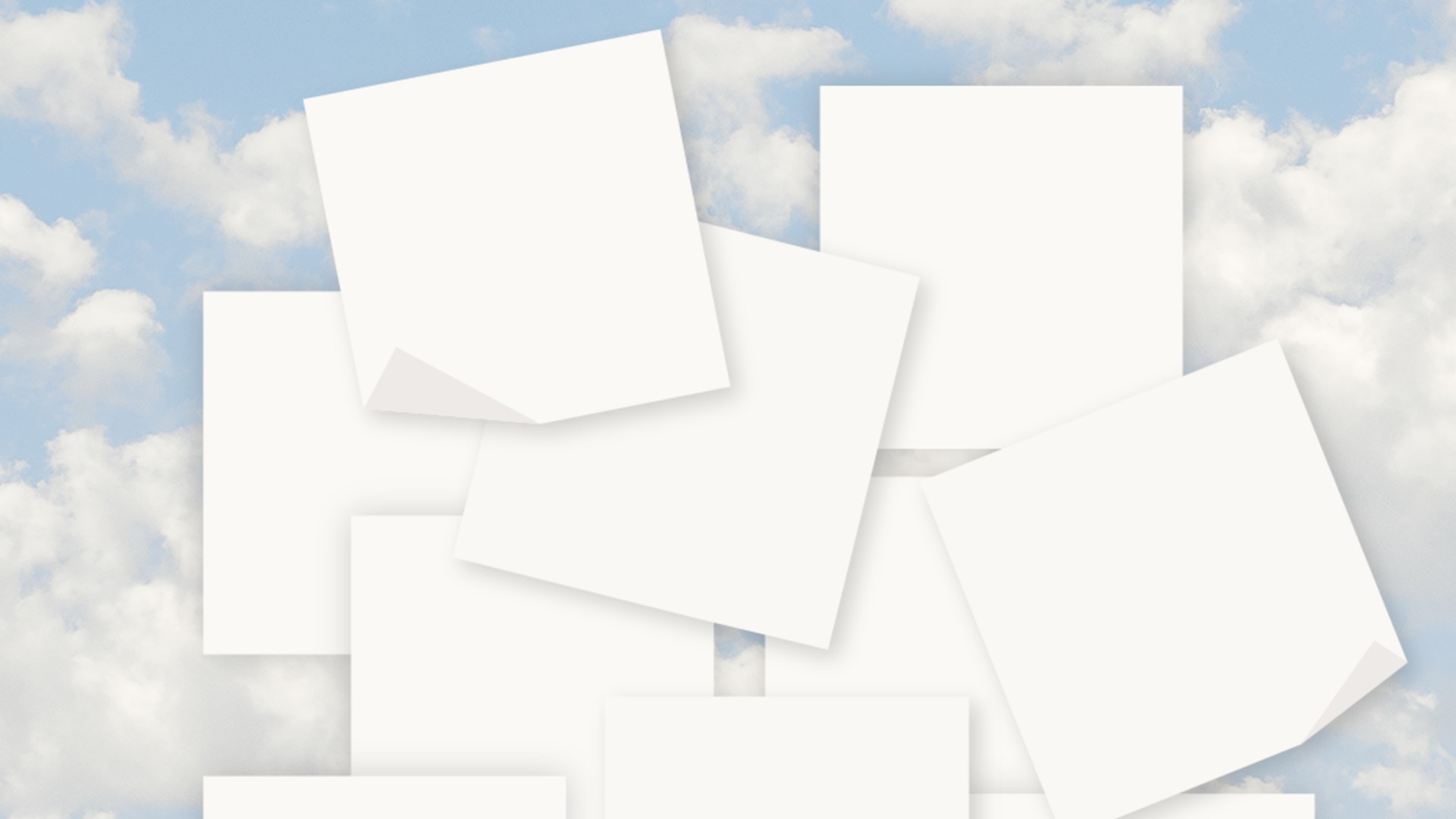23 beautiful photos that prove film is not dead
Digital photography may be king, but film's not dead yet, says Stocksy's Brianna Wettlaufer.
Sometimes new technologies create such a fever of excitement that we go running a little too fast: we quickly adopt and never look back. Never has this been more true in photography than with the advent of digital cameras.
But I think it is safe to say that digital photography did not end the film era. This isn't a debate about one versus the other. It is actually about recognizing that digital photography wasn't intended to make us turn our backs on the established film medium.
Over the last 10 years, we've started to experience a return to things that take time and care, and in the process create a deeper reward or richer product. We're seeing a rise in handcrafted artisans and specialists more and more in our everyday lives: bakers, cheese makers, milliners, wood and leather workers, independent farmers.
The rise of Slow
There are movements afoot advocating "slow"; whether that is slow-living or slow-food, our culture has been carving a niche for things that are worth the wait.
With this year's most overused buzzword being "authentic", it makes sense that mobile photography's phenomenon of instantly imitating film through filters and presets has left us wanting the real thing.
As we're collectively returning to artisanal crafts that take time and care, it's also time to celebrate the rise and resurgence of film photographers everywhere. At Stocksy, we're celebrating #filmisnotdead with four reasons to choose film over digital photography.
01. Pastels you can get lost in
One thing that's challenging to recreate with digital are pastels that feel so alive it's as if they're popping out of the photo.
Daily design news, reviews, how-tos and more, as picked by the editors.
Pastels are a consistent trending colour palette and are often a dead giveaway when pinpointing the difference between a digital and film photo, as you can see in these amazing examples by Wendy Laurel.
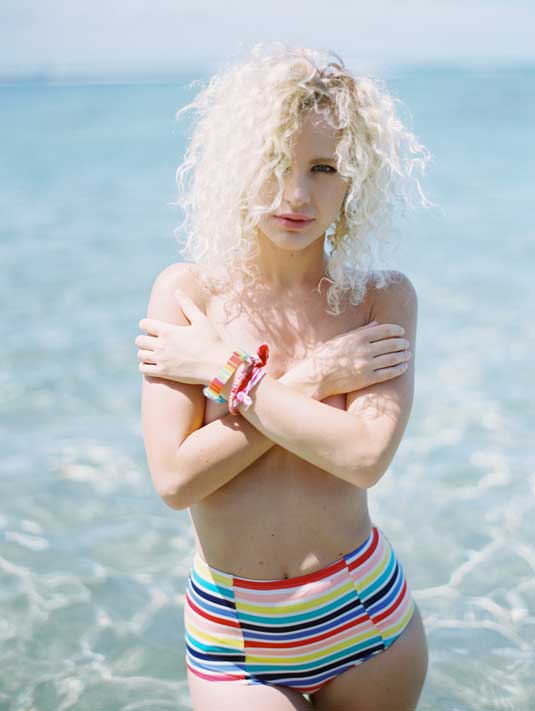
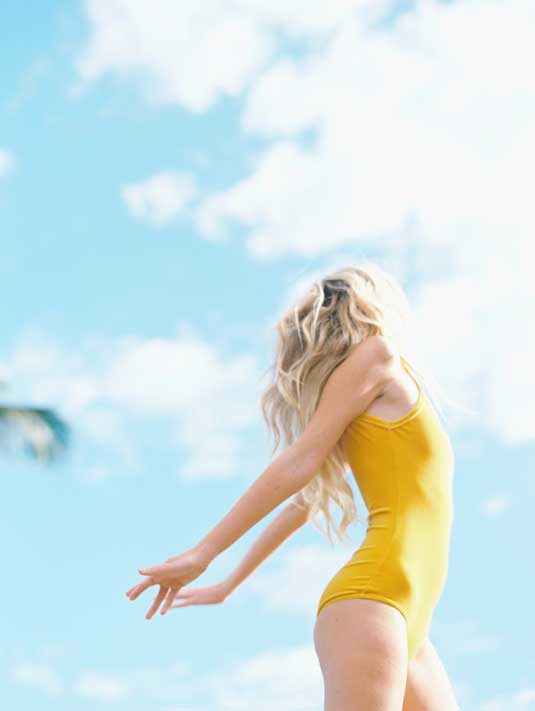
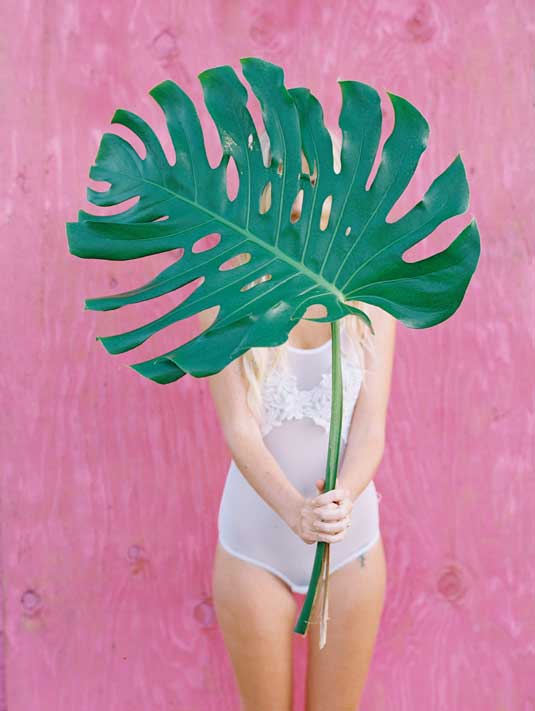
Four more great examples come courtesy of Marta Locklear:

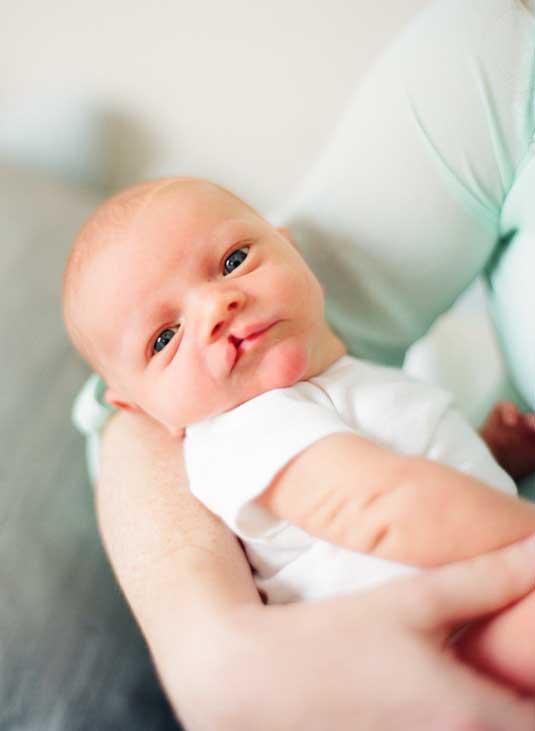
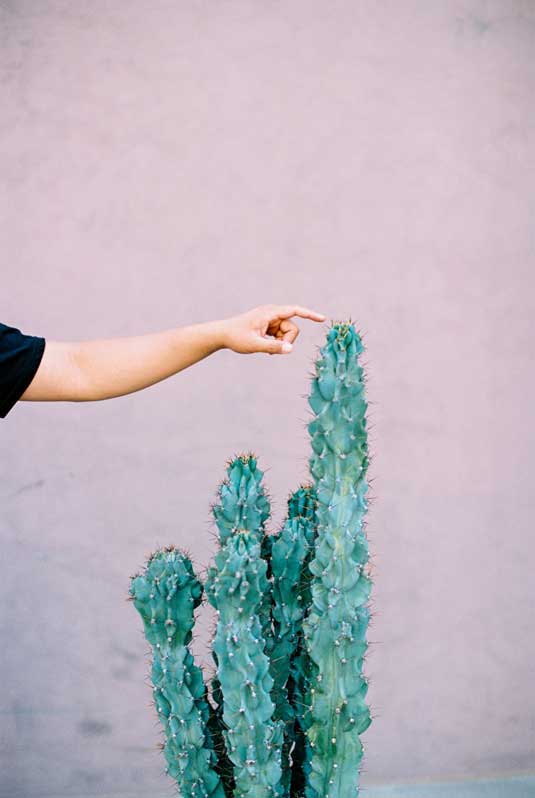
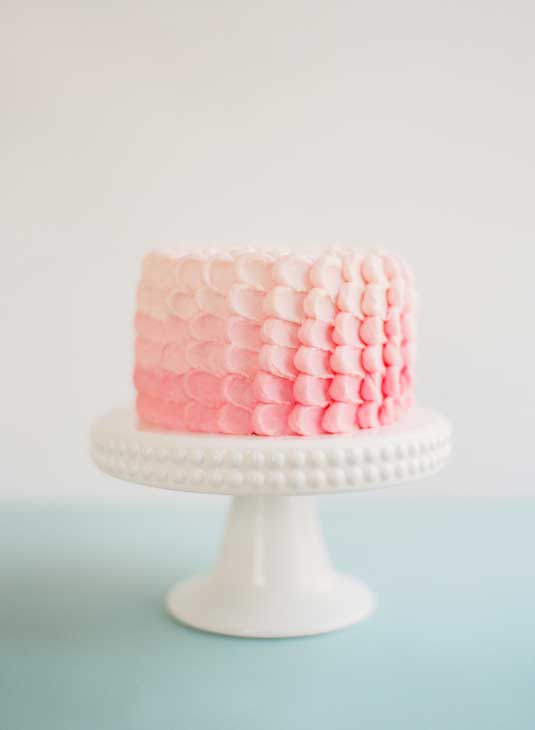
Gear: Medium Format
With a surface area often three to four times larger than 35mm film, medium format cameras offers significant improvements in detail, grain, colour, and overall quality.
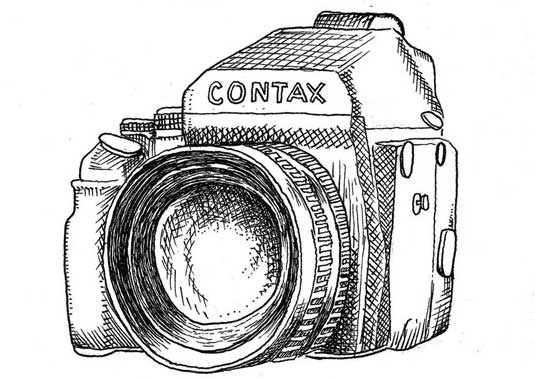
A key difference separating 35mm from medium and large formats is the variety of aspect ratios to choose from. It's important that the photographer choose the format that best fits the photographer's shooting style.
02. The real light leaks
Whether you're shooting with a broken or toy camera, or going to great lengths to pre-treat your film for light leaks before shooting, the results are random and the look is not specifically re-creatable with a single click or your favorite processing suite.
Any artist, whether a seasoned designer or photography professional, can spot a fake miles away: we love the look, but only when it's the real deal. These three examples from Dustin Adams definitely fit the bill:
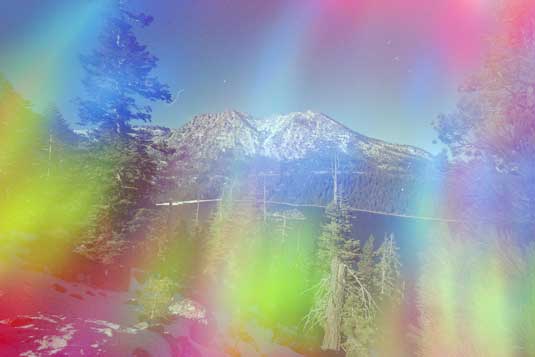
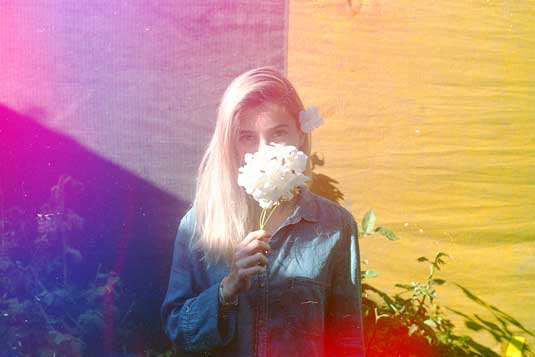
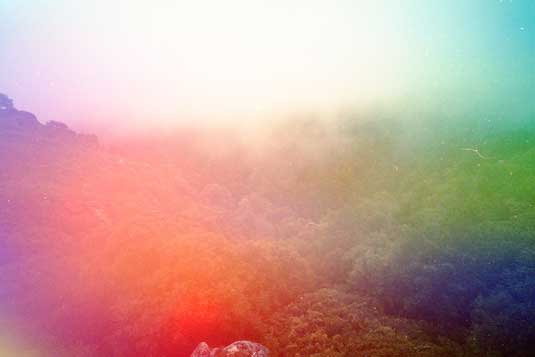
... as do these examples from Wendy Laurel:
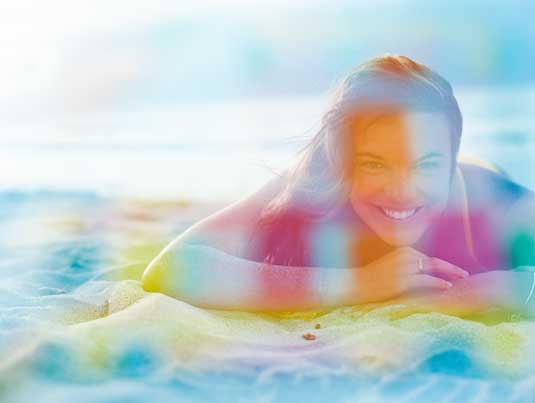
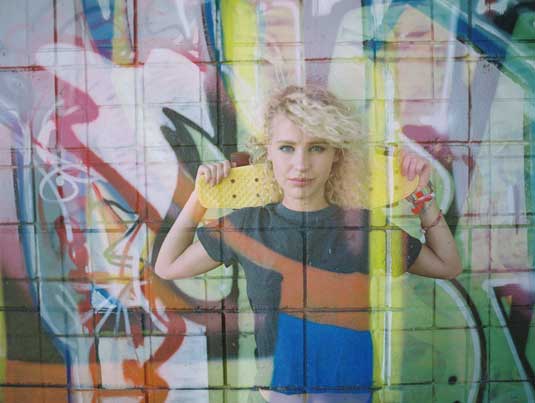

Gear: Rangefinders
Rangefinder cameras differ greatly from SLRs, in that they use a dual-image rangefinding device, as opposed to a mirror and prism system. This makes them much lighter than SLRs, and with no mirror flipping up and down with every shot, the moment is captured instantly and far more quietly.
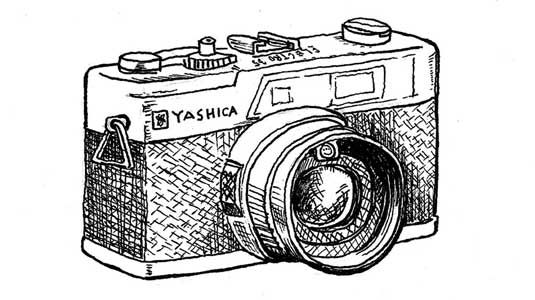
Rangefinder cameras use a viewfinder that does not see through the lens like an SLR. The viewfinder displays a split-image patch that superimposes two images. The photographer manually focuses the lens until the two images are aligned into focus.
While the rangefinder takes great skill to master, it produces excellent high-quality images and is the favoured kit for street photographers due to its size, weight and quiet shutter.
Recommended rangefinder cameras include Leica M6, Yashica Electro 35 and Voigtlander Bessa.
03. Mood
If you're looking for photography that feels more like real life than a photo, film is what will take you there. Analog grain gives a tactile quality, tonal depth, and overall intensity that digital pixels cannot recreate. Check out these examples by Ryan Muirhead:
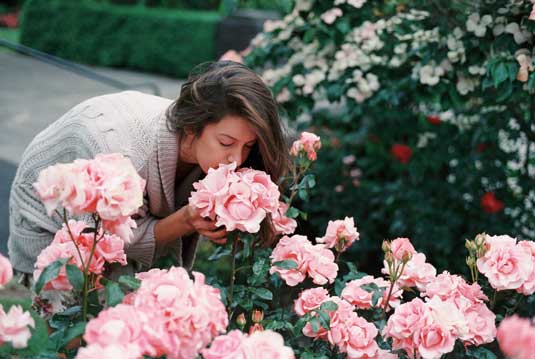
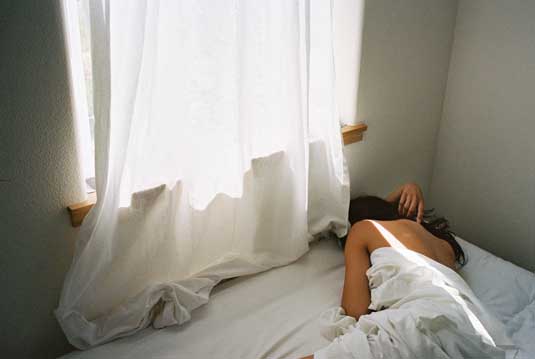
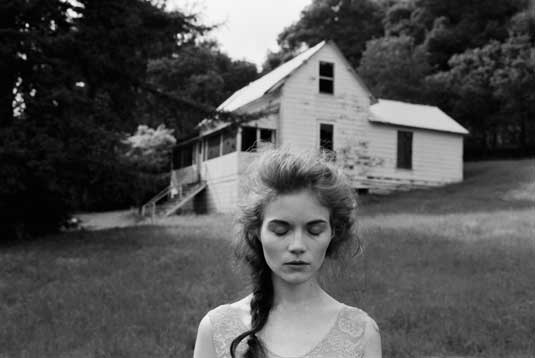
And these from Irena Fabri...

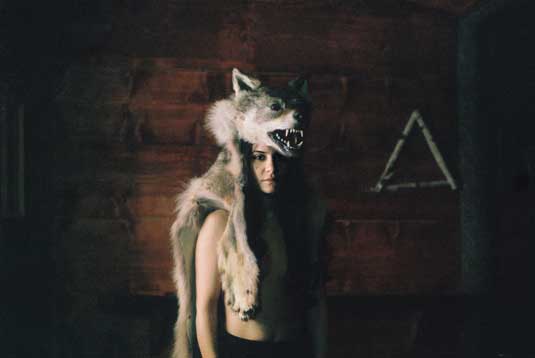

04. Soft focus
The obsession with technical perfection has come full circle. Artists are redefining focus as an artistic statement – the kind you can't fake with digital editing or gaussian blurs.
It just might be the case that your dad's vintage camera displayed on the mantle is all you need to capture some magic: just get ahold of some film and go. Get inspired by these stunning images by Shannon Rosan:
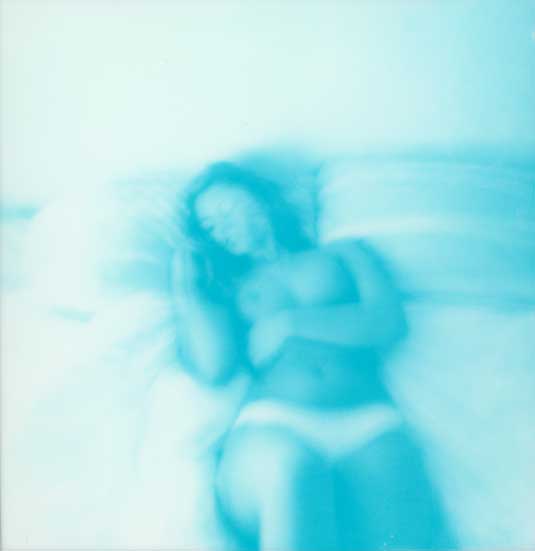
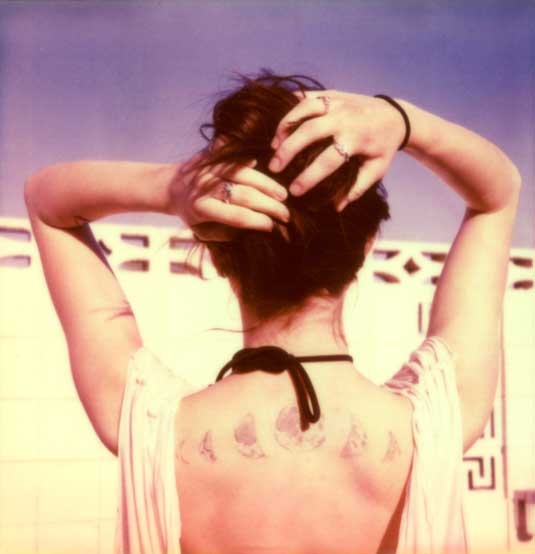
and these by Brianna Morrison...
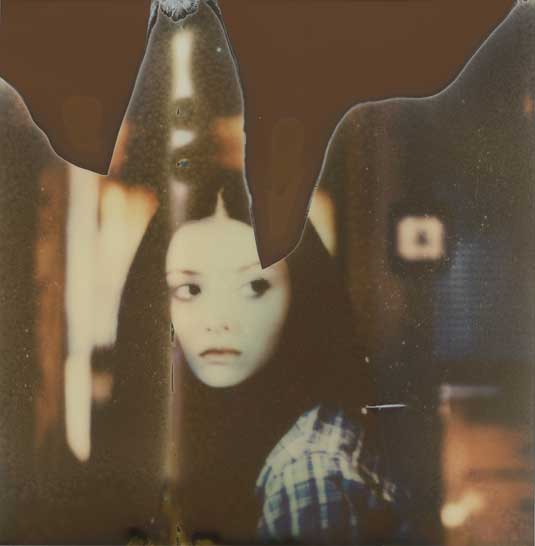
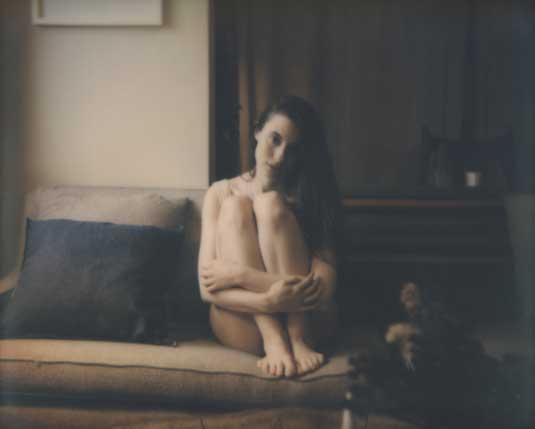
Gear: TLRs, Instant Folding cameras
Composed of two lenses stacked on top of each other, the top lens of a TLR camera focuses and composes, while the bottom lens takes the photo.
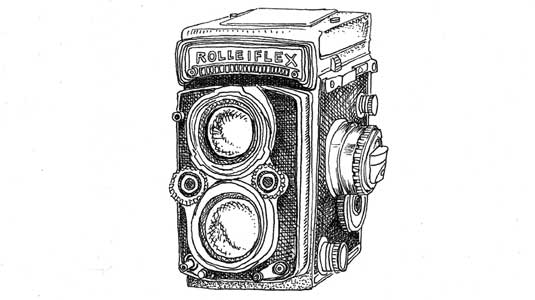
Instant folding cameras emerged in the late 1940s, producing photographs almost immediately without requiring a lab. Wonderfully light, portable and inexpensive, they're a fun camera if you don't mind splurging on the film.
Words: Brianna Wettlaufer
Brianna Wettlaufer is co-founder and CEO of Stocksy United, home to a curated collection of beautiful, distinctive and highly usable royalty-free stock photography. Stocksy United is a multi-stakeholder co-operative, which means all of its photographers are also co-owners of the company.
Like this? Read these!

The Creative Bloq team is made up of a group of art and design enthusiasts, and has changed and evolved since Creative Bloq began back in 2012. The current website team consists of eight full-time members of staff: Editor Georgia Coggan, Deputy Editor Rosie Hilder, Ecommerce Editor Beren Neale, Senior News Editor Daniel Piper, Editor, Digital Art and 3D Ian Dean, Tech Reviews Editor Erlingur Einarsson, Ecommerce Writer Beth Nicholls and Staff Writer Natalie Fear, as well as a roster of freelancers from around the world. The ImagineFX magazine team also pitch in, ensuring that content from leading digital art publication ImagineFX is represented on Creative Bloq.
